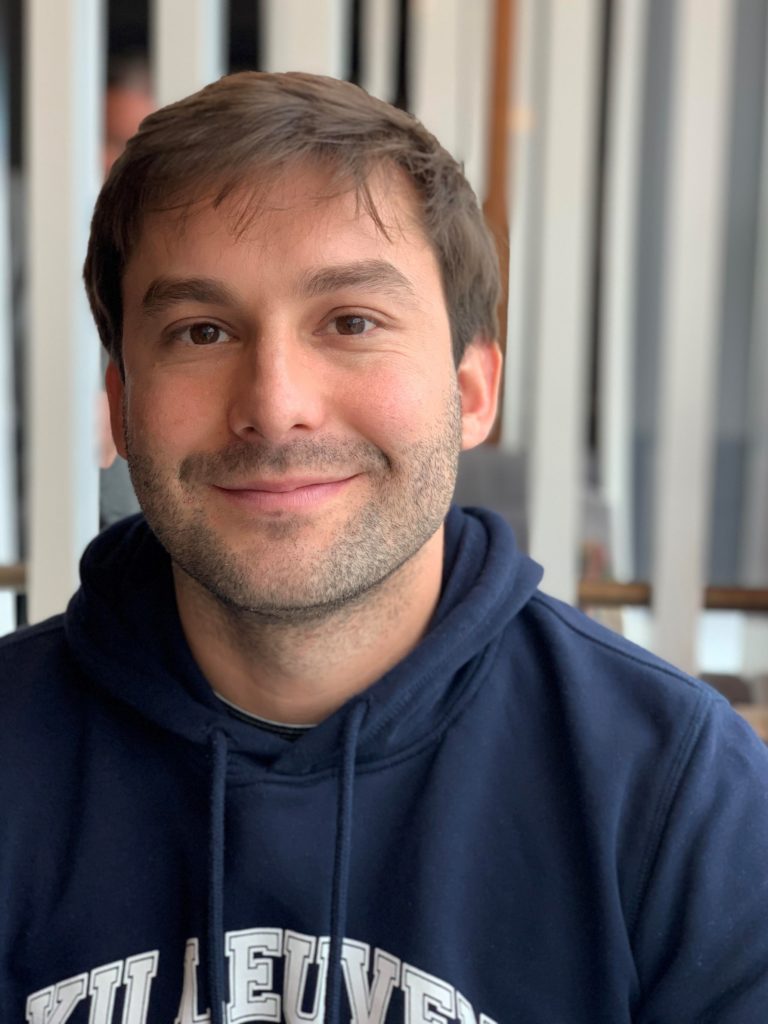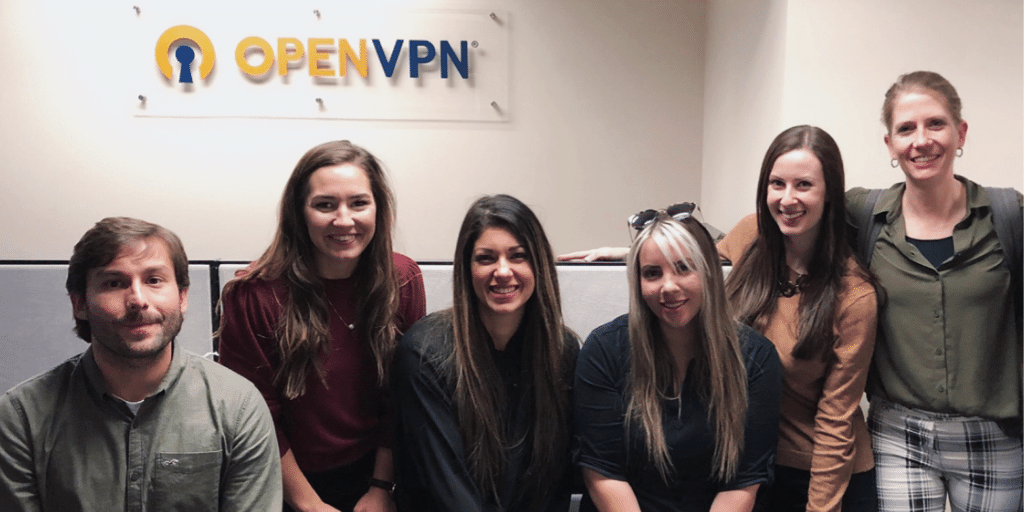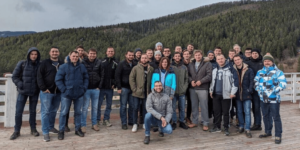Being SMART in Business

Martin Zapata, OpenVPN’s Customer Relations Manager, leads the global customer success team. He is responsible for driving revenue and customer retention across channels by optimizing sales operations, strategy, and customer support. Martin and his team collaborate closely with the marketing and technical support teams to build a comprehensive customer journey.
One of Martin’s key focuses is team training and process building — both in pre-sales and post-sales functions, for effective execution and growth. “Building effective processes and providing consistent training allows my team to spend their time on more important tasks that translate into success.” Martin explained that he enjoys seeing the progression the Customer Success reps have over time, how they improve their professional toolkit, and how that reflects on their performance and goal attainment. “Naturally, this translates into better service for our customers around the world — which is our team's mission.”
Setting SMART Priorities
Customer success is a very time-sensitive field — which means time management is crucial on Martin’s team. “The key element of time management is our attitude. This drives our behavior and habits, which affect our daily input.” Martin and his team identify Hight Value Activities and set clear goals under the SMART structure:
- Specific - answer the five big “W” questions: who, what, where, when, and why.
- Measurable - address questions such as how much, how many, and how long.
- Attainable - analyze how the goal can be met and whether there are blockers.
- Relevant - ensure the goal is worthwhile and will produce the appropriate ROI.
- Timely - set a specific target date to work towards and prioritize accordingly.
Martin and his team classify all their daily activities based on impact and time. “We tackle low time/high impact activities first. Using our calendar and task manager solidifies our commitment to those tasks on the planned schedule.” They also leverage technology and effective processes through analysis for constant improvement. “We have a 1% approach to productivity as a team. Every week, we all pitch ideas on how to improve a process, adopt a new tool, or automate a repetitive action that improves our productivity by one percent. Our logic is that as we improve one percent at a time, the cumulative result long term has a significant impact on our success.”

“Root cause analysis and problem-solving is the only approach for success. Quick fixes and temporary solutions will cost you more pain down the road, so we always tackle the big challenges as soon as possible. The same goes for everything in life — there are no shortcuts to success.”
New Employee Training
Martin has a 30-60-90 plan for all new employees to learn by doing while being shadowed by their more experienced peers. “This way, they’re coached as they execute and implement good habits and practices from everyone on the team.” On top of that, Martin schedules bi-weekly one-on-one conversations with new hires and provides a bi-weekly team workshop on specific training material that’s being put into practice. “We also have a video library for all our main processes, recorded by everyone on the team. This means if there are questions on that specific process, they can reach out to the team member that recorded the process for clarification.”
Training and Development Opportunities
Martin places a significant emphasis on continued training and development opportunities for his team to ensure everyone is equipped to succeed in their fast-paced roles. “We use external resources like blogs, books, online courses, and platforms like Trailhead. Most importantly, we translate that into actionable items for our day-to-day.” Martin also explained that they conduct regular workshops with company experts. A Senior Product Engineer might record a technical presentation for the customer success team. The team will then translate that specialized knowledge into valuable communication with our customers. “I encourage everyone to experiment and measure with new ideas. If they get good results, they can teach that to the rest of the team to be replicated. If the results are consistent and clear, we implement that into our work.”
Martin explained that the customer success team has a learning culture, using external resources and empirical knowledge. “Each team member can teach us from their experience and learn from their peers. It’s a permanent collaboration that fuels growth by sharing knowledge based on measurable results. In this sense, every team member has all the necessary tools to be successful. This creates small, empowered teams.”
Building Efficient Processes
For the customer success team, building and implementing effective processes is crucial. The team pays close attention to empirical evidence and analysis so they can modify and improve operations. They keep what enhances effectiveness and efficiency and let go of things that don’t work. “Our team started implementing Salesforce. We built every process for pre-sales and post-sales functions for effective execution and growth.” Martin and his customer success team also have a close collaboration with marketing and technical support to ensure a comprehensive customer journey. “Every process is somehow connected, and we all share the same objective of helping our customers.”


